Copper plate of Mahendrapāla from Jagjivanpur জাগ্জিভানপুর
Jagjivanpur জাগ্জিভানপুর (Habibpur block, Malda district, West Bengal).
Copper plate of Mahendrapāla from Jagjivanpur (Habibpur block, Malda district, West Bengal).
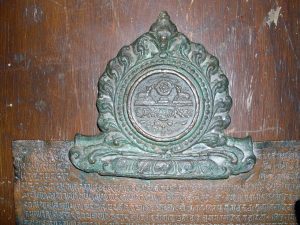
OB01012 Arang copper plates of Jayarāja
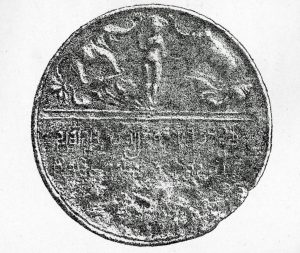
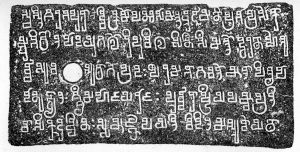
Arang copper charter of Jayarāja, seal and first plate
OB03021 Abhayagiri Copper Plate
IN03026 Abhayagiri Copper-Plate Inscription
The inscription is engraved on a copper plate, which was found in 1893 at the ruins of what was then believed to be the Abhayagiri Vihāra in Anuradhapura. This vihāra has since been correctly identified as the Jetavana vihāra. The text of the copper-plate inscription is written in the Nāgāri script. It was first edited in the first volume of Epigraphia Zeylanica (p. 40) by Wickremasinghe, who believed the language of the inscription to be mixed Sanskrit. However, Paranavitana recognised that the text was actually in Pāli and published a revised in the third volume of Epigraphia Zeylanica (p. 170). As Paranavitana noted, apart from one or two clerical errors, the verse is identical with the verse of the Vaṭṭaka Jātaka. The plate was the votive offering of a Buddhist pilgrim. However, it is not known whether the pilgrim was from North India or a Sri Lankan devotee who was acquainted with the Nāgāri script. Although this script is used in a number of other inscriptions from Sri Lanka, including some stone records, many clay votive tablets and certain coin legends from the tenth century, this copper plate is an unusual – and perhaps unique – example of the script being used for the Pāli language in medieval times. The peculiar formation of some of the letters was probably due to the scribe being somewhat unfamiliar with script, while the orthographical errors in the inscription may be due to the fact that the script was not generally used to write in Pāli.
The verse was uttered by the Bodhisattva, then born as a quail, when the jungle fire was advancing to swallow him, and when his father and mother had fled. As soon as the verse was uttered, the progress of the fire was checked and the surrounding area was rendered immune from fire for a whole aeon. The incident is counted as one of the five great miracles of the Bodhisattva’s career. It is therefore easy to understand that this stanza should have been considered a fitting subject to be engraved on copper and used as a votive offering. It may also have been used as a charm against fire.
Circular seal (OB01101) cast in a copper alloy with a standing female figure and an inscription (IN01101).
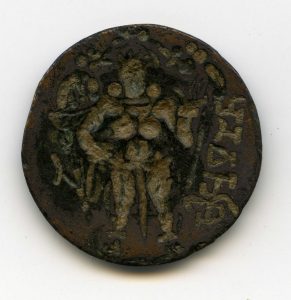
Circular metal seal with a standing female figure, British Museum 1897,0528.4
Halsi Grant of Ravivarman, Year 11
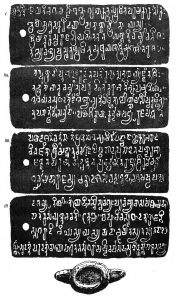
Cakratīrtha, Halsi, Karnataka. Copper plate charter of Ravivarman, inked impression.
OB00163d Washim Plates of Vindhyasakti II (plate 4)
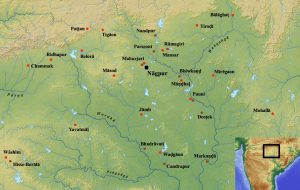
Ancient Vidarbha showing find-spots of Vākāṭaka inscriptions. (Zenodo).
OB00163c Washim Plates of Vindhyasakti II (plate 3)

Ancient Vidarbha showing find-spots of Vākāṭaka inscriptions. (Zenodo).
OB00163b Washim Plates of Vindhyasakti II (plate 2)

Ancient Vidarbha showing find-spots of Vākāṭaka inscriptions. (Zenodo).
OB00163a Washim Plates of Vindhyasakti II (plate 1)

Ancient Vidarbha showing find-spots of Vākāṭaka inscriptions. (Zenodo).
